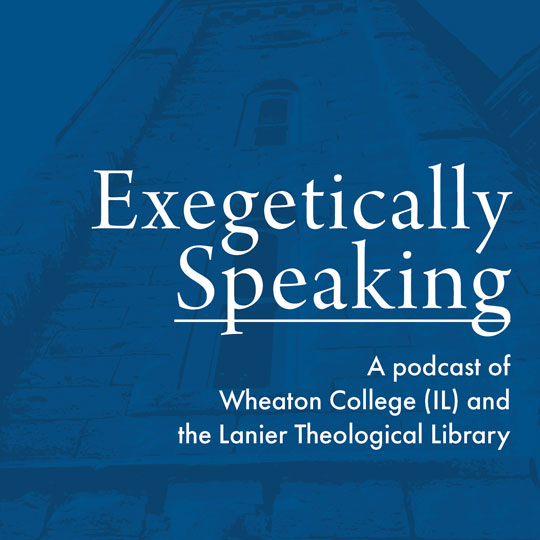“Nobody’s Mother” with Sandra Glahn

Sandra Glahn has written a book that has a lot of people talking. She was at the Lanier Theological Library in Houston recently and talked with David Capes on The Stone Chapel Podcasts.
To hear the podcast click here.
Who Is Sandra Glahn?
Sandra Glahn is a professor of Media Arts and Worship at Dallas Theological Seminary. She is a creative force behind a project, The Visual Museum of Women in Christianity (www.visualmuseum.gallery).
It’s a project that is recovering some of the visual history of the Christian faith since its early centuries. Ironically, some of visual history does not make it into the history books.
Sandra is the wife of one husband for 45 years, a mother, a grandmother. She holds a PhD from University of Texas, Dallas, in the humanities.
“Nobody’s Mother”
In 2023 Sandra Glahn published a book she has been working on for quite some time. It is entitled Nobody’s Mother: Artemis of the Ephesians in Antiquity and the New Testament (IVP Academic).
Although she thought it might be a “woman’s book,” she found that it had attracted a lot of attention from men as well who were unsure how to read certain New Testament references.
Since the time of Jerome, Artemis had been understood to be a fertility goddess, a nurturer, a mother. But Sandra’s research went deep into the inscriptions, texts, imagery, etc, to discoverer that she was “nobody’s mother.”
She was a hunter, filled with magic power, and often likely to kill a mother in childbirth if you ticked her off.
Dr. Glahn draws a number of conclusions about biblical texts, like Acts 19 and 1 Timothy 2, from what she has uncovered.
Resources
Nobody’s Mother: Artemis of the Ephesians in Antiquity and the New Testament(IVP Academic, 2023).
For the Visual Museum of Women in Christianity click here or type https://www.visualmuseum.gallery into your browser.
Here’s Sandra’s book, Vindicating the Vixens: Revisiting Sexualized, Vilified, and Marginalized Women of the Bible (Kregel Academic, 2017).





You must be logged in to post a comment.